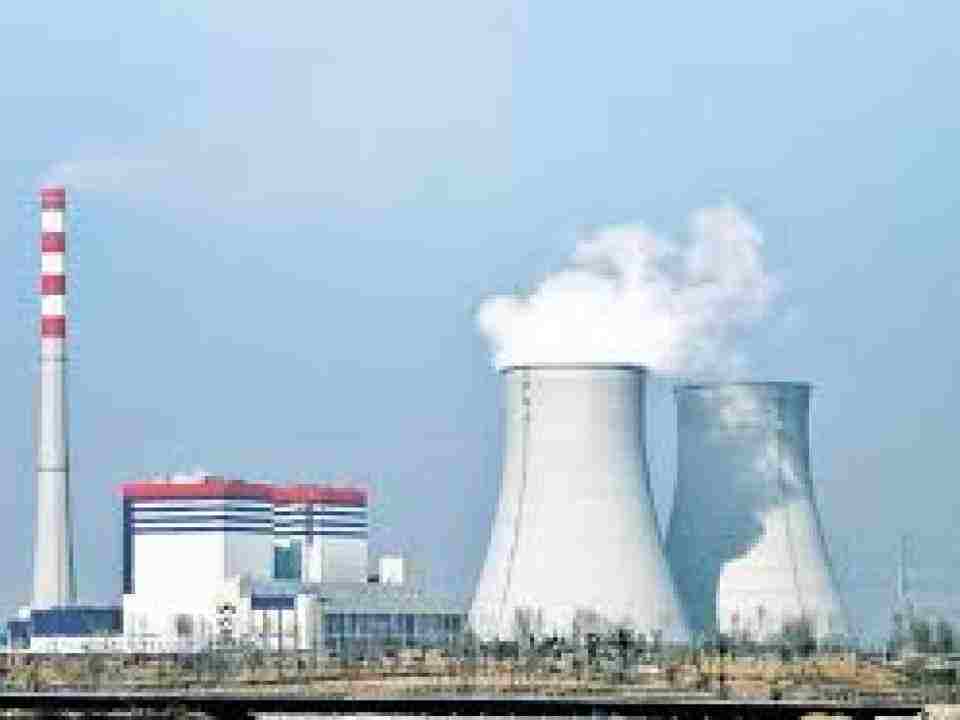- Courses
- GS Full Course 1 Year
- GS Full Course 2 Year
- GS Full Course 3 Year
- GS Full Course Till Selection
- MEP (Mains Enrichment Programme) Data, Facts
- Essay Target – 150+ Marks
- Online Program
- GS Recorded Course
- NCERT- First Ladder
- Polity
- Geography
- Economy
- Ancient, Medieval and Art & Culture AMAC
- Modern India, Post Independence & World History
- Environment
- Governance
- Science & Technology
- International Relations and Internal Security
- Disaster Management
- Ethics
- Current Affairs
- Indian Society and Social Issue
- CSAT
- 5 LAYERED ARJUNA Mentorship
- Public Administration Optional
- ABOUT US
- OUR TOPPERS
- TEST SERIES
- FREE STUDY MATERIAL
- VIDEOS
- CONTACT US
Amaravati: India’s Visionary Capital on the Path to 100% Renewable Energy
Amaravati: India’s Visionary Capital on the Path to 100% Renewable Energy
23-04-2025

- Amaravati, the planned capital city of Andhra Pradesh, is poised to become the world’s first city powered entirely by renewable energy.
- Conceived as a futuristic greenfield capital, Amaravati is not only a symbol of administrative ambition but also a bold step toward India’s commitment to clean energy and climate resilience.
Background and Vision
- Amaravati is the brainchild of Andhra Pradesh Chief Minister N. Chandrababu Naidu, who envisions the city as a modern, eco-conscious “people’s capital.”
- Spread over 217 square kilometres along the Krishna River, between Vijayawada and Guntur, the city is part of the Andhra Pradesh Capital Region, covering approximately 8,352 sq km.
- With an estimated cost of ₹65,000 crore, the project aligns with India’s broader mission to combat climate change through renewable energy and urban sustainability. Prime Minister Narendra Modi is expected to lay the foundation stone for the city this month.
A Fully Renewable Energy-Powered City
- Amaravati is setting a global precedent with its ambitious target of generating 2,700 megawatts (MW) of electricity exclusively from solar, wind, and hydropower sources by 2050.
- This clean energy target matches the city’s projected electricity demand.
- It aims to eliminate dependence on fossil fuels, making Amaravati a benchmark in sustainable urban development.
- At least 30% of the city’s power needs will be met through solar and wind energy. One of the key initiatives includes mandatory rooftop solar installations on one-third of all government housing rooftops, integrated into the building approval process.
Green Urban Infrastructure and Transport
The Amaravati project emphasizes green construction and energy efficiency:
- All government and commercial buildings will be required to:
- Install solar panels
- Comply with green building standards
- Adopt net metering systems
- Public spaces such as parks, bus stops, and walkways will also feature solar installations.
The city’s public transportation, including the proposed Amaravati Metro and electric bus network, will run entirely on renewable energy. To support this, an expansive EV charging infrastructure will be developed across both public and private sectors.
Cooling the Capital Sustainably
- Given Andhra Pradesh's vulnerability to extreme heat—recording 47.7°C in 2024 and the highest number of heatwave days in South India—cooling has emerged as a critical urban challenge.
- To address this, Amaravati is pioneering the use of District Cooling Systems (DCS):
- In 2019, the AP Capital Region Development Authority (APCRDA) partnered with Tabreed, a UAE-based energy company, to implement a 20,000 Refrigeration Tonnes (RT) DCS for the Amaravati Government Complex.
- The system will supply efficient cooling to key buildings like the High Court and Secretariat, reducing energy consumption for cooling by up to 50%.
- DCS technology minimizes the need for individual cooling units, thereby reducing electricity demand and carbon emissions.
Current Progress on the Ground
Steps have already been taken to put the vision into practice:
- 415 kW of rooftop solar capacity has been installed across:
- 16 Anganwadis
- 14 e-health centres
- 13 public schools
- A multi-faith funeral facility
These early installations reflect the city’s commitment to embedding renewable energy within essential public services.




